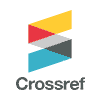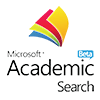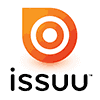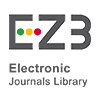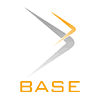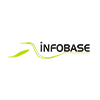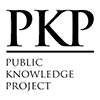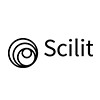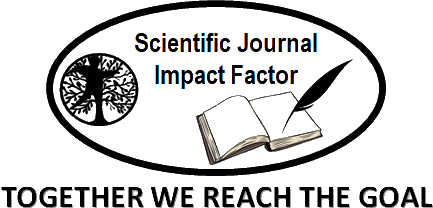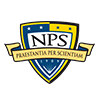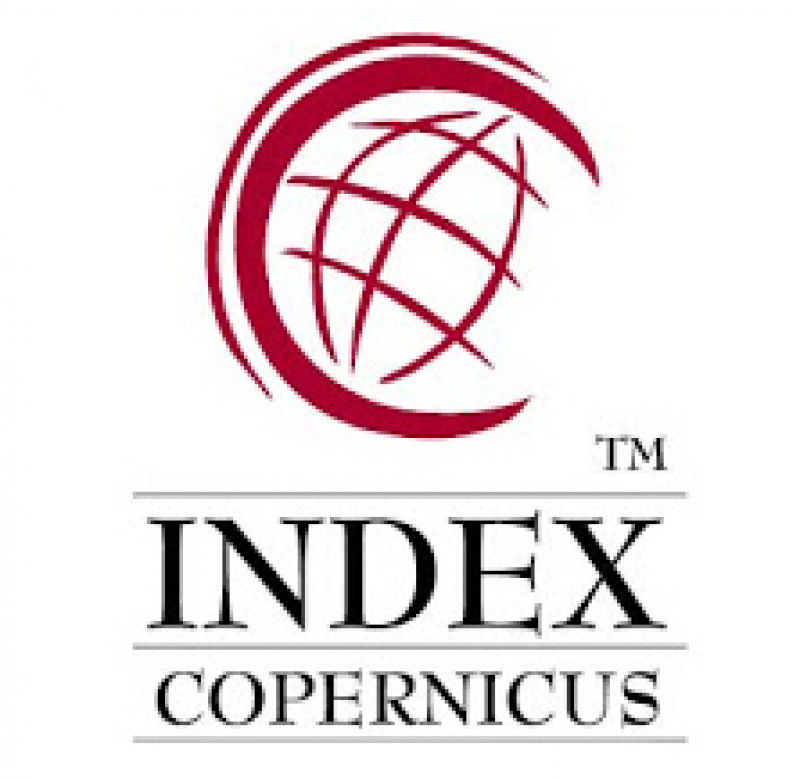The Implementation of Problem Based Learning Approach to Improve Students’ Writing Skills
Abstract
Keywords
Full Text:
PDFReferences
Amalia, R. D., & Rusfandi, R. (2020). The effectiveness of problem-based learning in
improving students’ writing descriptive text in vocational school. Jurnal Inspirasi Pendidikan, 10(1), 1–11. https://doi.org/10.21067/jip.v10i1.3769
Boud, D., & Feletti, G. (1997). The challenge of problem-based learning. Routledge.
Brown, H. D. (2010). Language assessment: Principles and classroom practices. Pearson
Education Inc.
Caesar, M. I. M., Jawawi, R., Matzin, R., Shahrill, M., Jaidin, J. H., & Mundia, L. (2016). The
benefits of adopting a problem-based learning approach on students’ learning
developments in secondary geography lessons. International Education Studies, 9(2),
https://doi.org/10.5539/ies.v9n2p51
Corbett, E. P. J. (1983). The little rhetoric and handbook with readings. Scott, Foresman.
D'Angelo, F. J. (1980). Process and thought in composition. Winthrop Publishers.
Eodice, M., Geller, A. E., & Lerner, N. (2017). The meaningful writing project: Learning,
teaching, and writing in higher education. University Press of Colorado.
Erawati, A., Sury, M., & Dalmuty, S. (2023). English for young learners. Tabusai.
Elizabeth, M. A., & Zulida, A. K. (2012). Problem-based learning: A source of learning
opportunities in undergraduates' English for specific purposes. The International Journal of Social Sciences, 3(1), 47–56.
Faiclog. (2021). Critical discourse analysis: The critical study of language.
Gerot, L., & Wignell, P. (as cited in Mardiyah, Saun, & Refnaldi, 2013). Making sense of
functional grammar. In Mardiyah, A., Saun, S., & Refnaldi, R. (2013). Analyzing texts in functional grammar. Journal of Linguistics, 5(3), 281–290.
Guillaume, A. M., Yopp, R. H., & Yopp, H. K. (2007). 50 strategies for active teaching:
Engaging K–12 learners in the classroom. Pearson Education Inc.
Ismayanti, I., & Kholiq, A. (2020). An analysis of students’ difficulties in writing descriptive
text. Journal of Teaching English and Learning, 1. https://jurnalpendidikan.unisla.ac.id/index.php/elink/article/view/260
Jackson, L. M. (2019). The psychology of prejudice: From attitudes to social action (2nd ed.).
American Psychological Association.
Jumariati, J., & Irawati, E. (2017). An analysis of English learning motivation and strategies
among EFL learners in Indonesia. Journal of English Language Teaching, 6(1), 1–13.
Kemmis, S., & McTaggart, R. (2000). Participatory action research. In N. K. Denzin & Y. S. Lincoln (Eds.), Handbook of qualitative research (2nd ed., pp. 567–605). Sage Publications.
Kemmis, S., & McTaggart, R. (as cited in Khan, M. A., Zaman, T., & Ghaffar, A., 2020). The
action research planner. Asian Journal of Social Sciences & Humanities, 9(3), 45–53.
Margetson, D. (1994). Problem-based learning: Innovation in education? Studies in Higher
Education, 19(1), 5–19.
Othman, N., & Ahmad, W. F. W. (2013). Problem-based learning in higher education: A review
of the literature. Asian Social Science, 9(12), 222–231.
Rachmat Kriyantono. (2006). Teknik praktis riset komunikasi. Kencana Prenada Media Group.
Rahayu, S., Verawati, A., & Islamiah, N. (2019). Innovative learning models. Journal of
Educational Studies, 3(2), 112–121.
Trianto (as cited in Rahayu, Verawati, & Islamiah, 2019). Model pembelajaran inovatif.
Wardani, R. A., Basri, M., & Waris, A. M. (2014). The effect of students’ motivation on
learning outcomes in English learning. Journal of Language Studies, 2(1), 10–15.
DOI: http://dx.doi.org/10.18415/ijmmu.v12i3.6593
Refbacks
Copyright (c) 2025 International Journal of Multicultural and Multireligious Understanding

This work is licensed under a Creative Commons Attribution-NonCommercial-NoDerivatives 4.0 International License.
https://ijmmu.com
editor@ijmmu.com
facebook.com/ijmmu
Copyright © 2014-2018 IJMMU. All rights reserved.






